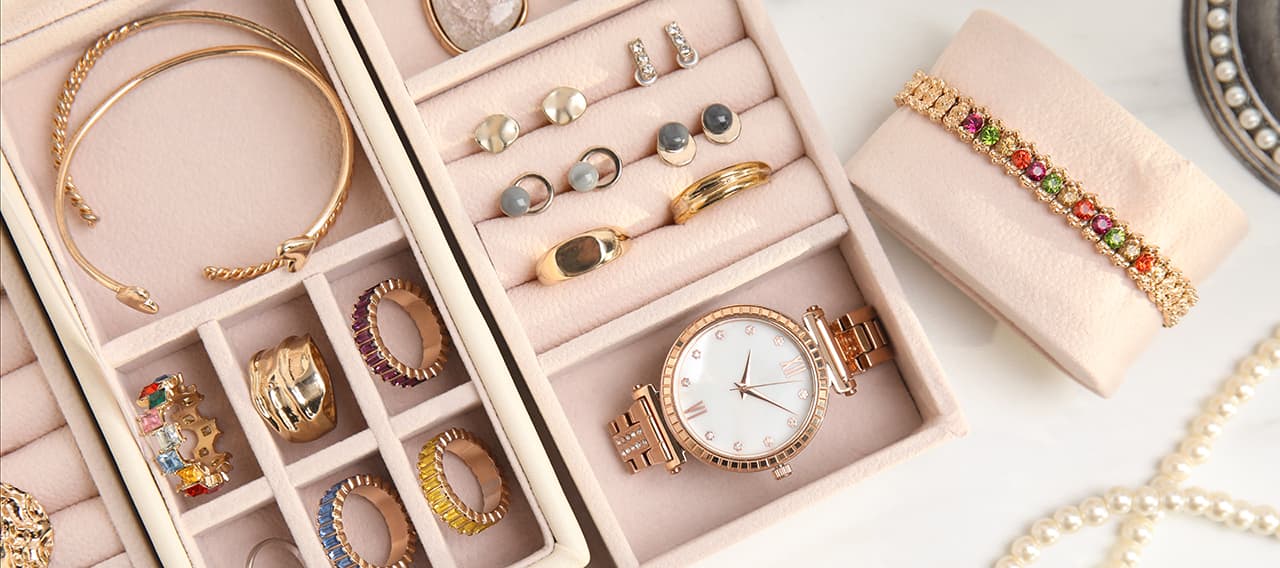You receive financial “appraisals” of your investments every month in the form of brokerage statements, so why would you ignore a potentially large asset like art and collectibles?
You probably invested more time, personally, choosing the items in your collection than the items in your financial portfolio, so think of periodic appraisals, done about every five years, as a financial checkup for your art and collectibles. Here’s why your art may be worth more than you think.
Auction records provide only half the story
If you are using auction records, consider what percentage they are of all sales values. Authors often base their analysis of current trends on auction records for internationally recognized artists selling for over $1,000,000, but these comprised less than 1% of all artworks sold. Odds are that your artwork falls into the remaining 99%, so accurately determining values for it may be more challenging. To truly get an idea of what your art is worth, your appraisals should include additional research into comparable art from private sales through galleries.
The symbiotic relationship between dealers and auction houses
People also forget the interaction required between dealers and auctions to make an artist valuable. No artist becomes famous without being represented by a dealer. The dealer promotes the artist through exhibitions, catalogues, and private placement, elevating the artist’s prices as demand for the work increases. The works of art reach a value that gains the attention of an auction house. The auction house includes the artist’s work in an auction and promotes the artist to a larger audience, elevating recognition, demand, and prices for the artist’s work. The gallery elevates the artist, and the auction follows suit. This relationship between galleries and auctions is important to everyone, especially the artist and collector. So, determining the value of an artwork from both galleries and auctions is vital to the accuracy of the appraisal.
Renewed attention in works by female artists and artists of colour
Joan Mitchell and Sam Gilliam are just a couple of examples of artists receiving renewed market attention with major museum and gallery shows, and rising prices at auction and through private sales. According to a recent study by Sotheby’s Mei Moses Indices, a work by a female artist bought in 2012 and sold in 2018 would, on average, have increased in value by 72.9%.1 Joan Mitchell, an important postwar painter, has seen significant market activity, including a record price for her 1969 painting titled Blueberry which sold at auction in May 2018 for $16.6 million. In November 2019, her triptych Plowed Field sold for $13.3 million at Christie’s, having previously sold in 2003 for only $657,000. This appreciation in value is expected to continue as a major Mitchell travelling retrospective is scheduled to open in 2020. African-American artist Sam Gilliam, known for his unstretched canvas drape paintings, has seen a resurgence in his market in recent years. In addition to his record sales at auction, including $2.17 million for Lady Day II at Christie’s in 2018, Gilliam had representation in the acclaimed “Soul of a Nation” exhibition which opened at Tate Modern and has since travelled to museums throughout the U.S.
Chart the direction and pace at which your collection is moving
The old adage “people don’t want what their parents had, they want what their grandparents had” is true in art as well. Below is our “generational curve summary.” Please note that this is a summary of our observations and is not a definitive analysis.
Currently, Generation X (born 1965-1979), followed by the Millennials (born 1980-2000), are inheriting wealth and actively building collections of their own taste. They often shun the art they grew up with, instead opting for the art of their grandparents' generation.
Conversely, the first generations to broadly collect art, the Silent Generation (born 1925-1942) and early Baby Boomers (born 1943-1964) are retiring or passing. Some artists from their collecting years, primarily the 1960s-1990s, have become very valuable, or are trending toward increasing in value, depending on the interests of the Gen X and Millennials. Unfortunately, far more are decreasing in value as time marches on.
Insights and expertise



This document is advisory in nature and is offered as a resource to be used together with your professional insurance advisors in maintaining a loss prevention program. It is an overview only, and is not intended as a substitute for consultation with your insurance broker, or for legal, engineering or other professional advice.
Chubb is the marketing name used to refer to subsidiaries of Chubb Limited providing insurance and related services. For a list of these subsidiaries, please visit our website at www.chubb.com. Insurance provided by Chubb Insurance Company of Canada or Chubb Life Insurance Company of Canada (collectively, “Chubb Canada”). All products may not be available in all provinces or territories. This communication contains product summaries only. Coverage is subject to the language of the policies as actually issued.







